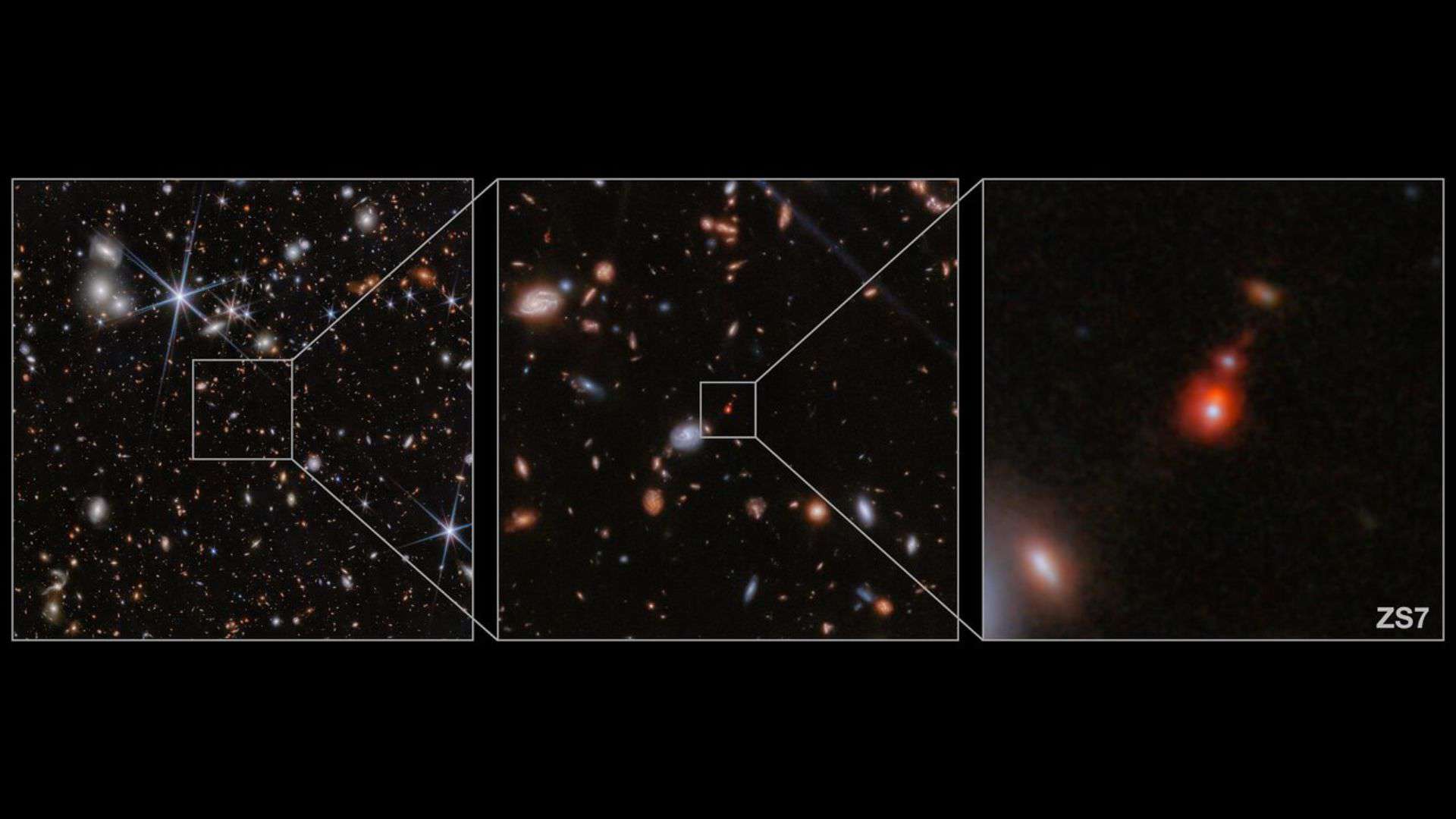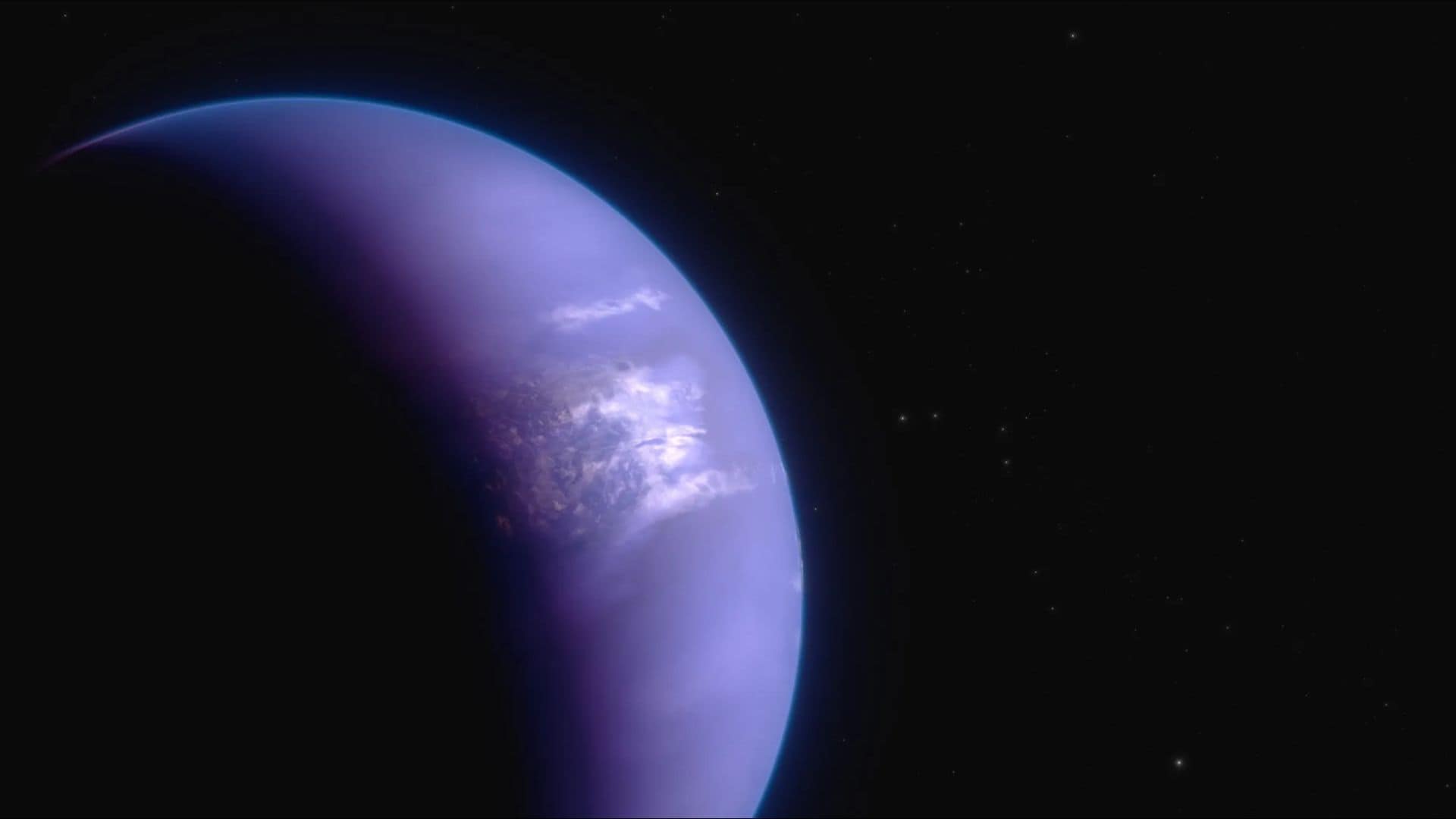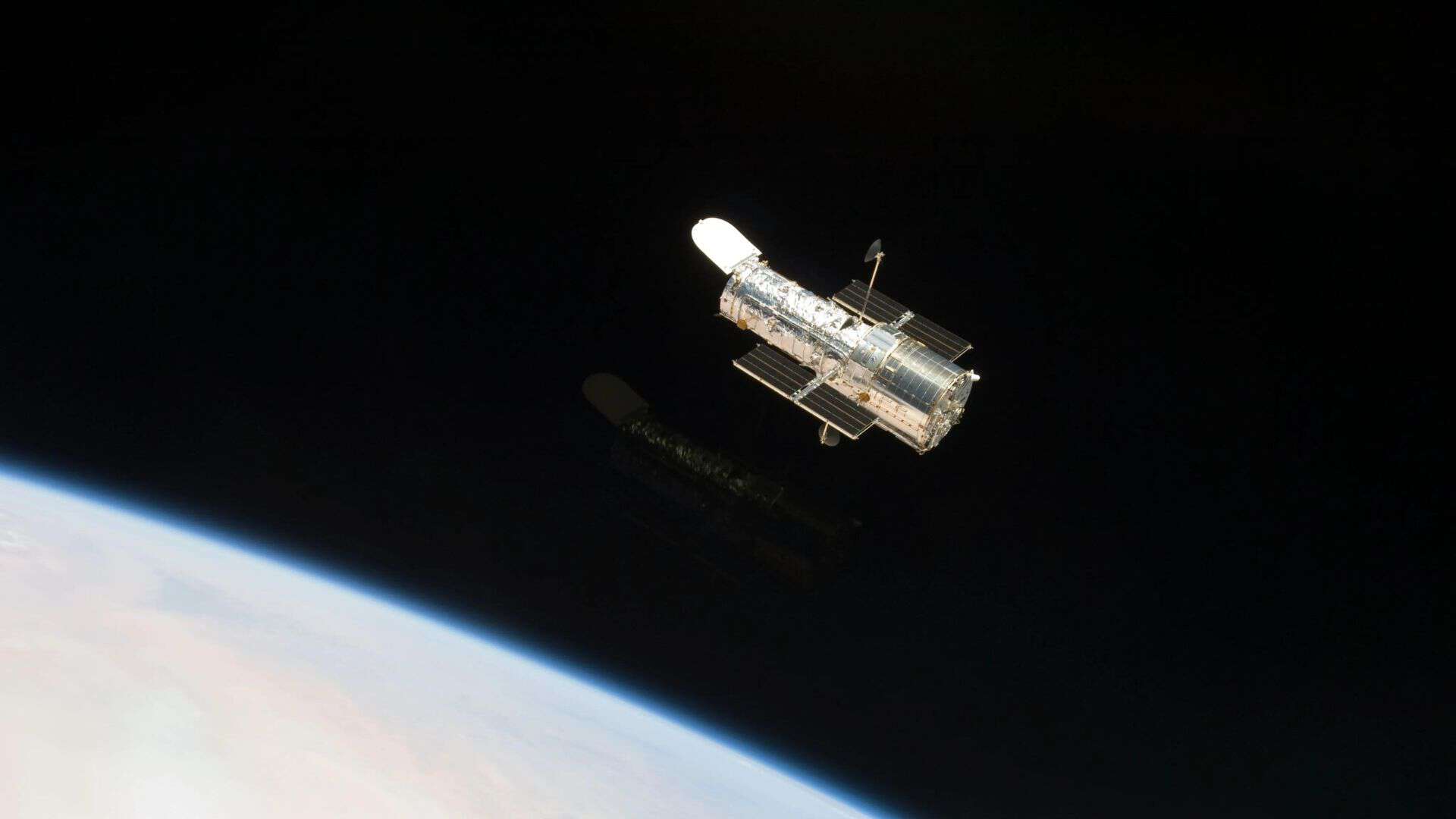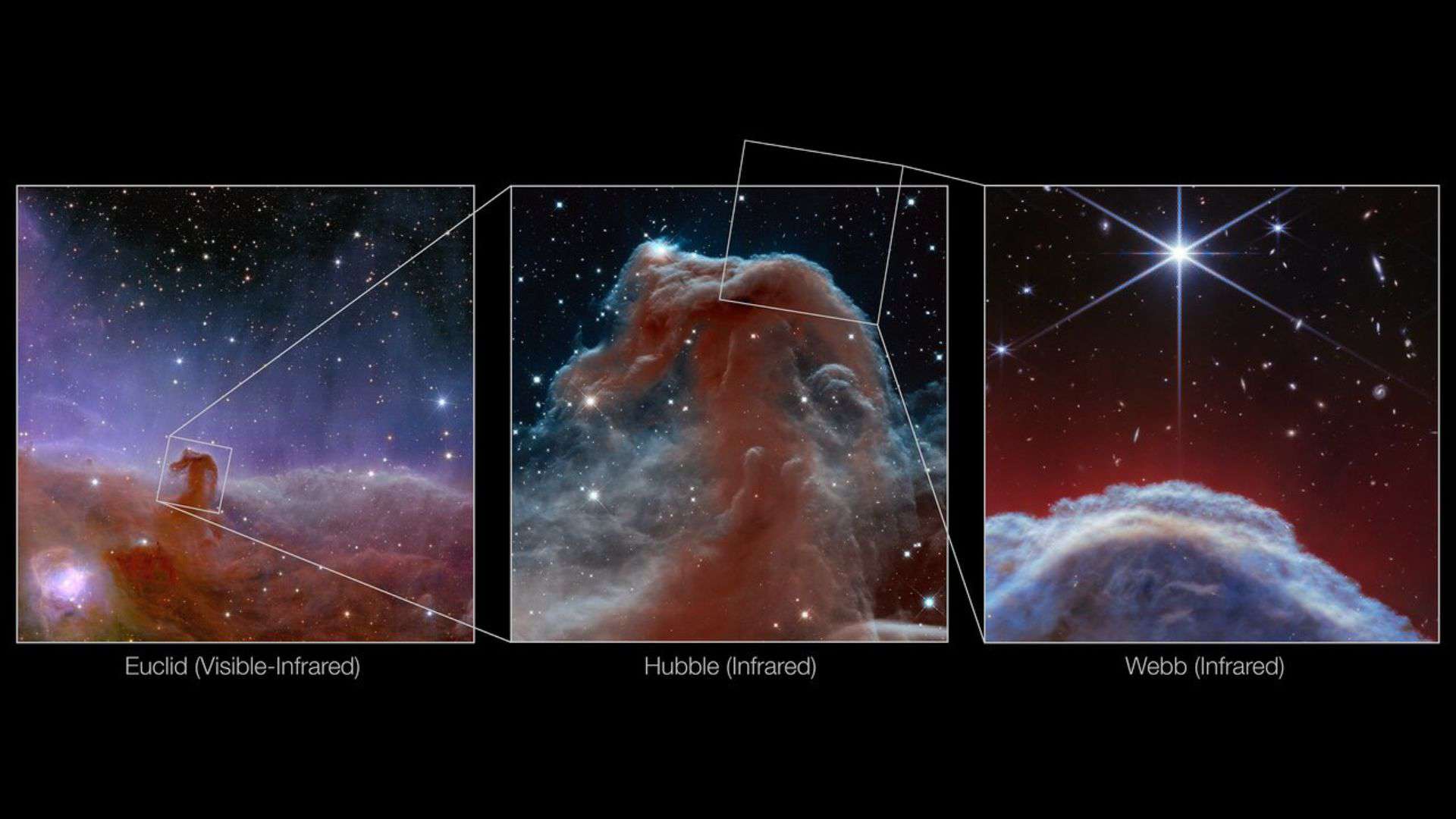The European Space Agency (ESA) has been able to restore the sharp vision of the Euclid Space Telescope through de-icing campaign.
The space telescope will explore invisible dark matter and dark energy, which are thought to make up 95% of the Universe.
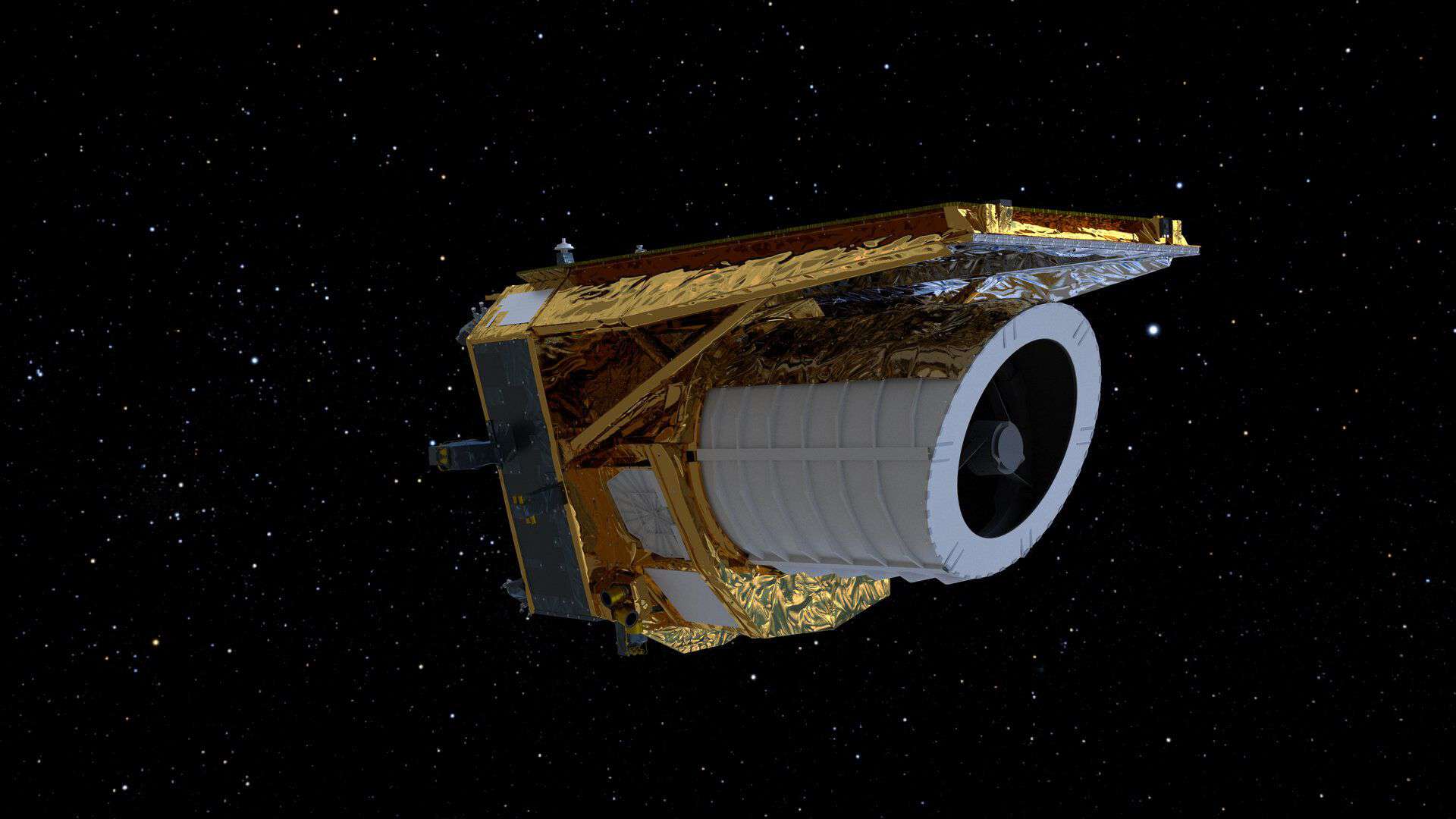
ESA launched the Euclid space telescope on July 1, 2023. After launch, while fine-tuning and calibrating Euclid’s instruments in recent months, the mission team noticed that Euclid was suffering from a vision problem.
Meaning the light collection from distant galaxies through Euclid’s visible-wavelength camera (VIS instrument) was gradually decreasing.
When the telescope was assembled on Earth it absorbed water molecules from the air and after sending the telescope into space these water molecules turned into water ice due to the freezing cold environment of space and started affecting Euclid’s vision.
After months of research, Euclid teams across Europe have devised a new procedure to de-ice Euclid’s mirrors called the de-icing campaign.
In the de-icing campaign, the team commanded the onboard heater of Euclid from Earth to warm up its individual mirrors.
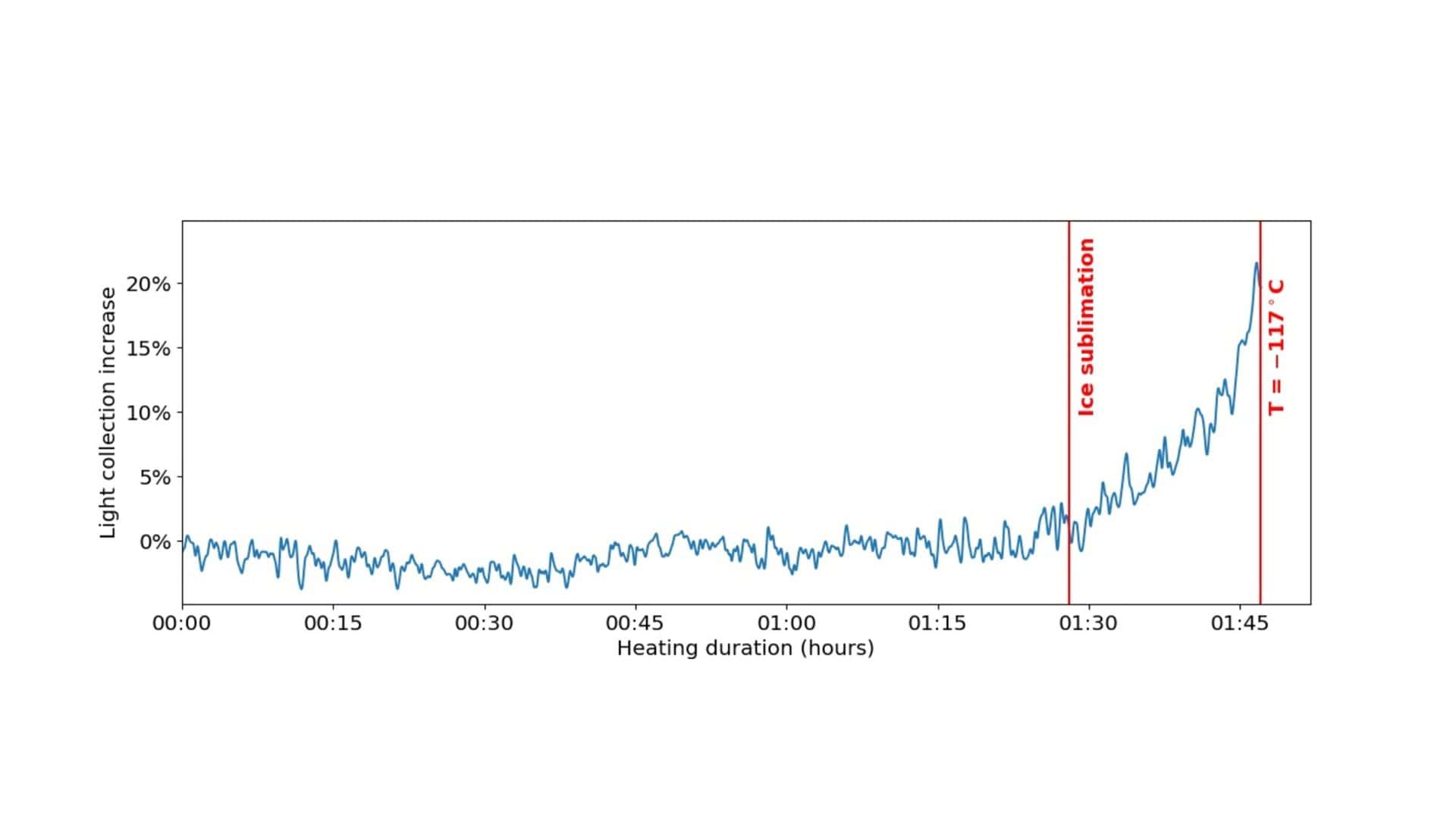
It took about 1 hour and 30 minutes to start ice sublimation. When the temperature of the very first mirror was increased by just 30 degrees (from -147°C to -117°C), the team saw that the telescope was receiving 20% more light (see the above graph).
After the de-icing campaign, Mischa Schirmer, calibration scientist for the Euclid Consortium, said in a statement:
“It worked like a charm! Almost immediately, we were receiving 15% more light from the Universe. I was certain that we would see a considerable improvement, but not in such a spectacular way.”
Now Euclid’s vision is fully restored, and it can see faint light from distant galaxies, which is required for this highly sensitive mission.
ESA’s Euclid telescope, which is named after the Greek mathematician Euclid of Alexandria, has a mission duration of 6 years. In these 6 years, it will observe billions of galaxies out to 10 billion light-years (across more than a third of the sky) to explore the dark Universe (mysterious dark matter and dark energy) and create the most accurate 3D map of our Universe.
Related article: All you need to know about light-year
Please follow us on Facebook and Twitter to get latest space news, upcoming skywatching events and astronomy-related content.
